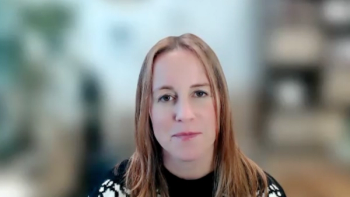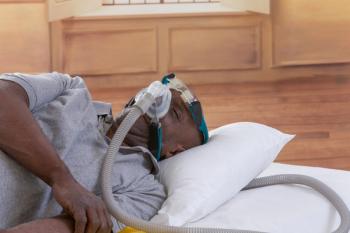
DVRd vs VRd in Transplant-Ineligible Myeloma: Insights From Saad Z. Usmani, MD, MBA
CEPHEUS trial lead investigator Saad Z. Usmani, MD, MBA, FACP, FASCO, explains how the trial both builds on current knowledge of newly diagnosed multiple myeloma and how transplant-ineligible status may affect therapeutic decision-making.
At the recent American Society for Clinical Oncology and European Hematology Association annual meetings, subgroup analyses data were presented from the CEPHEUS trial (NCT03652064), which is investigating daratumumab (Darzalex Faspro; Johnson & Johnson) plus bortezomib (Velcade), lenalidomide (Revlimid), and dexamethasone (DVRd) vs VRd among patients with newly diagnosed
In this first part of an interview with CEPHEUS lead investigator Saad Z. Usmani, MD, MBA, FACP, FASCO, chief of the myeloma service at Memorial Sloan Kettering Cancer Center, he explains how CEPHEUS both builds on and adds to knowledge of newly diagnosed multiple myeloma and how transplant-ineligible status may affect therapeutic decision-making.
This transcript was lightly edited for clarity; captions were auto-generated.
Transcript
How does the CEPHEUS trial design address unmet needs in patients with newly diagnosed multiple myeloma?
The CEPHEUS clinical trial builds on the progress we are making in improving the induction therapy for newly diagnosed multiple myeloma patients. What we've learned over the past 5 [or] 6 years is when we add daratumumab, which is an anti-CD38 monoclonal antibody, to existing platforms for newly diagnosed myeloma patients, we get better depth of response and survival outcomes.
We know that in the transplant-eligible population, where the median age of patients is around 60 years, in clinical trials, there was a study done called the PERSEUS study [NCT03710603] that showed better depth of response as well as progression-free survival benefit in favor of using daratumumab with RVd for induction. Now, the CEPHEUS clinical trial is in an older patient population—patients who are transplant ineligible or they're older and deferred transplant. This particular analysis that we're talking about is focused on the majority of patients that were enrolled on the CEPHEUS trial who were transplant ineligible. They were roughly about 75% of the patients.
What disease characteristics typically render patients ineligible for transplant or lead to deferral, and do these influence treatment goals?
Typically, transplant-ineligible patients may have lower [ECOG] performance status, or they may have comorbidities making them intermediate fit or even frail compared to those patients where we would consider an autologous stem cell transplant. The goals of care, of course, are to get patients into good, deep responses with the initial therapy, and that translates into better survival outcomes for those patients. Making the best choices in terms of the induction therapy becomes very important in that scenario. We're in a good place with myeloma treatments, where we are able to deliver those kinds of induction therapy approaches for a number of transplant-ineligible patients, based on the results of studies like CEPHEUS.
Newsletter
Stay ahead of policy, cost, and value—subscribe to AJMC for expert insights at the intersection of clinical care and health economics.













































